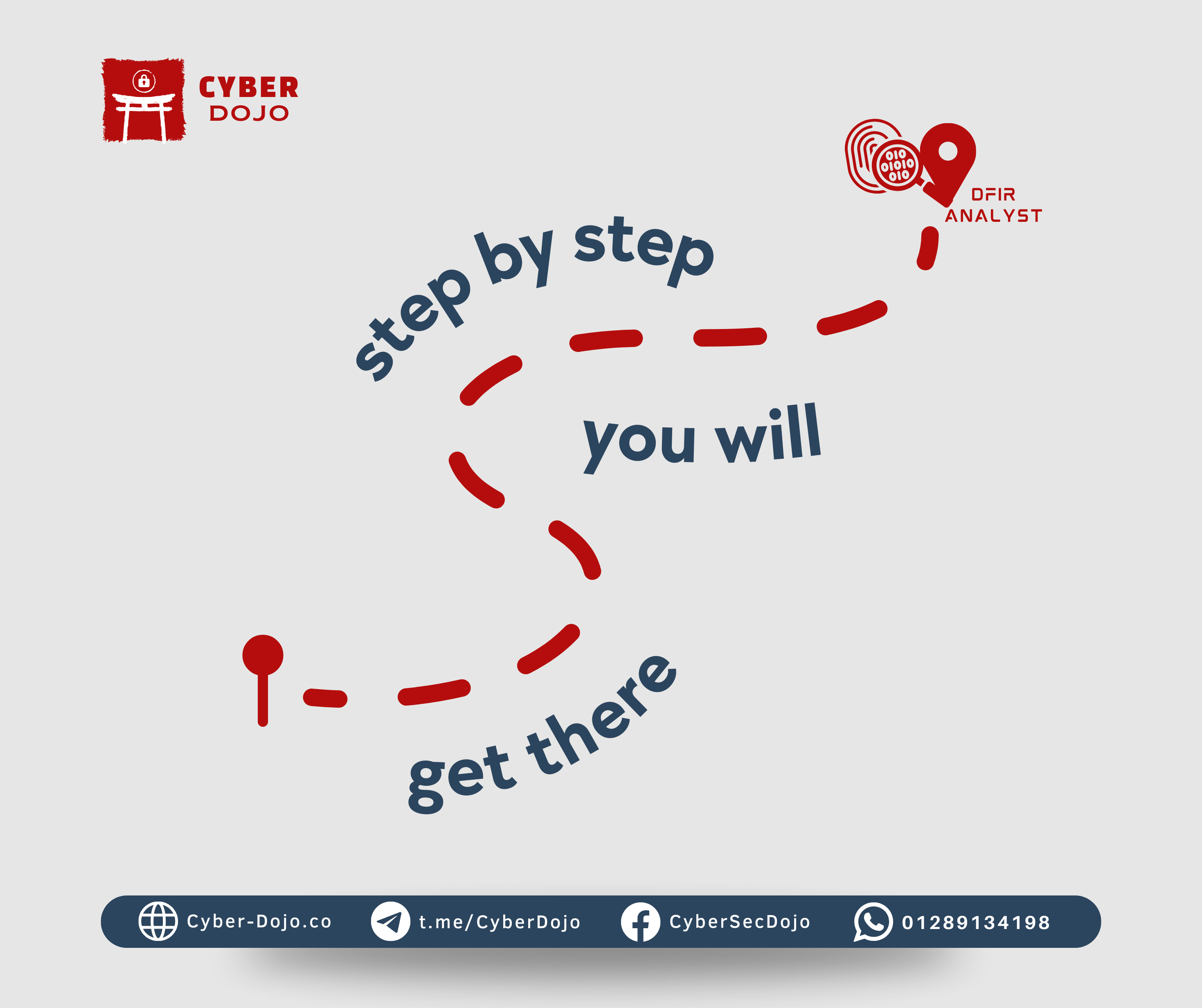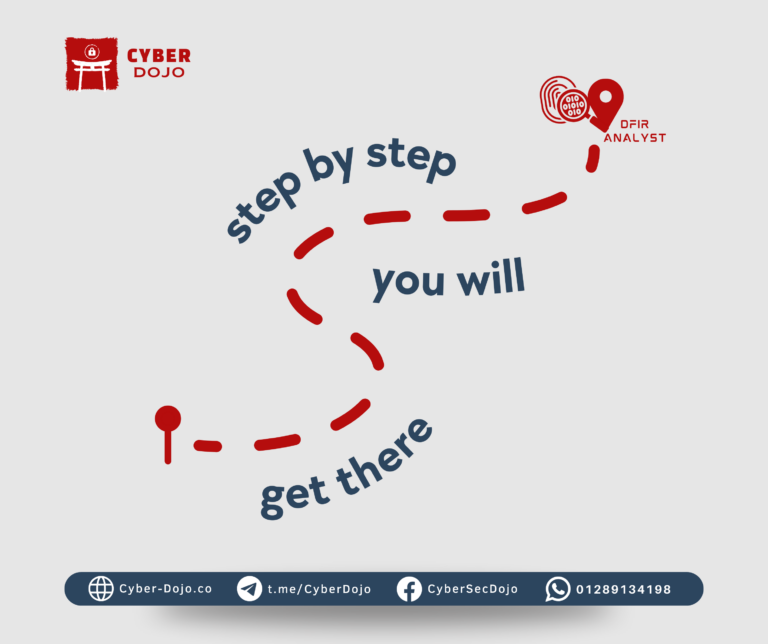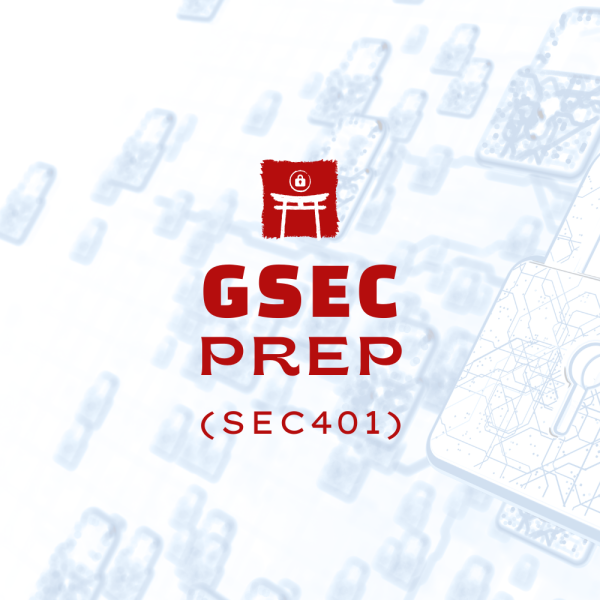Introduction
In today’s threat landscape, security incidents are a certainty, and every organization must be prepared to defend its critical data, resources, and services. Though full automation of the investigation process is challenging, scripted “plays” can be established to handle common security events. This is where incident response (IR) playbooks come into play. These playbooks, which contain structured guidance for dealing with specific security incidents, are crucial to minimizing damage and speeding up response times.
This post will delve into the technical aspects of creating an effective, comprehensive, and reusable IR playbook, providing your incident response team with the structured guidelines necessary to tackle security incidents head-on.
What is an IR Playbook?
An IR playbook is a tactical, scenario-based guide within the broader incident response plan. Where an incident response plan lays out the overarching strategy, policies, and roles, playbooks zoom in on particular scenarios, providing detailed, step-by-step instructions for handling specific types of incidents. They’re like manuals that responders can consult in the heat of an incident, ensuring consistency and efficiency.
Key Concepts to Understand:
- – Incident Response Plan: A strategic guide aligned with company policies and legal requirements, outlining the general roles, communication flows, and objectives during a response.
- – Standard Operating Procedures (SOPs): Procedural instructions for performing specific tasks, like commands to run or log sources to check.
- – Playbooks: Tactical guides for specific incident types, outlining questions to ask, evidence to gather, and steps to remediate.
Types of IR Playbooks
Playbooks are generally organized around specific security event types or investigation phases, including entity-focused, investigative, and containment playbooks.
- 1. Investigation Playbooks: These help responders understand the full scope of an incident, such as by tracing suspicious behavior across systems or mapping an attacker’s movement.
- 2. Containment Playbooks: Often used for high-risk events (like ransomware), containment playbooks focus on limiting an incident’s spread within the environment.
- 3. Remediation Playbooks: These address the restoration process, guiding responders on how to remove the threat and secure vulnerable systems to prevent recurrence.
Writing Effective IR Playbooks:
1. Identify Potential Threats and Incident Types
Start with a risk assessment tailored to your organization’s systems and configurations. Identify potential threats, from phishing attempts to malware infections, that your environment may face. This assessment will help prioritize the incident types and scenarios to cover in playbooks.
2. Designing Playbooks for New Users and Veterans Alike
Playbooks should be comprehensive yet simple enough for any team member to understand, even during high-stress incidents. They should avoid jargon where possible, focusing on clear, actionable steps that guide responders without assuming too much prior knowledge.
3. Human-Centric Investigation
Human intuition and decision-making are key elements in IR, as humans will execute the response plans, analyze the information, and answer questions. Make the playbook user-friendly and adaptable, so it can be followed in real-time by anyone within the team.
4. Centralize and Secure Access to Playbooks
Store playbooks in a centralized, secure repository accessible to the incident response team. A shared company Wiki or a secure documentation platform is ideal, ensuring everyone has the latest version while limiting access to those involved in incident response.
5. Consider the Stress Factor
Incidents are chaotic, and responders are likely not operating at peak cognitive ability. Simplified and well-organized playbooks reduce the risk of errors, ensuring that critical steps aren’t missed.
Organizing Playbooks by Alerts and Entities
A well-structured IR playbook should begin with common alerts and entities that could indicate suspicious activity, such as:
- – IP addresses: Detect unusual access patterns.
- – File hashes: Check for malicious files.
- – Domain names: Identify connections to known threat actors.
- – Usernames: Track privilege escalations and unauthorized access attempts.
Example Alert Scenarios:
- – Privilege Escalation: An alert might indicate a user account being added to a privileged group, which could signify unauthorized access.
- – Unusual Traffic: High volumes of outbound traffic to unknown domains could suggest data exfiltration.
Playbook Structure: Questions and Actions
For each playbook, structure the workflow around key questions and actions.
- 1. Questions: Formulate questions to guide the investigation. Example:
- “Was there a request to a specific endpoint in the past 24 hours?”
- 2. Actions: Based on answers, determine investigative or remediation actions. Example:
- “If a phishing email was detected, investigate all email logs to identify other recipients.”
- 1. Questions: Formulate questions to guide the investigation. Example:
Example Phishing Incident Playbook
Case: Employees report a phishing email received on company addresses.
- • How many users received the email?
- Action: Query email logs by subject line or sender’s address.
- • How many users interacted with the email (clicked links or downloaded attachments)?
- Action: Check email engagement metrics for user interaction.
- • Did the email contain any malicious links or attachments?
- Action: Analyze links and attachments, check domain reputation and file hash.
- • Who responded to the email?
- Action: Review outgoing email logs for potential replies.
- • How many users received the email?
Executing Playbooks: Preparing for Real Incidents
It’s one thing to write a playbook, and another to ensure it’s executed correctly during an incident. This requires:
- 1. Awareness and Training: Educate employees on the existence of the IR plan and escalation procedures. Not everyone needs to know the specifics, but they should understand when and how to report a suspicious activity.
- 2. Communication Pathways: Establish clear lines of communication, available as a quick reference in the playbook, including escalation paths and contact information.
- 3. Regular Updates and Testing: As your IT environment changes, periodically test and update playbooks to account for new systems, software, or processes.
Playbooks must adapt to unforeseen issues. For instance, a new platform could alter how evidence is gathered, requiring updates to the playbook. Regular tabletop exercises and simulations can expose gaps and validate the effectiveness of each playbook.
Conclusion
A well-designed IR playbook is a vital resource for any organization, especially during high-stress incidents where precision and consistency are key. By keeping playbooks actionable, adaptable, and regularly updated, you enable your incident response team to operate efficiently and confidently, minimizing the impact of security events.
Creating an IR playbook involves anticipating various incident scenarios, asking the right questions, outlining clear actions, and organizing information logically for ease of use. With these best practices in place, your team will be better prepared to handle incidents, protect your organization’s assets, and ensure resilience against future threats.
🚀 Ready to elevate your digital forensics and incident response skills?
Cyber Dojo’s DFIR Bootcamp is here to equip you with the expertise to thrive in the cybersecurity field. Cyber Dojo offers a DFIR Bootcamp that combines GCFE Preparation (FOR500) and GCIH Preparation (SEC504), this intensive course combines in-depth knowledge and hands-on practice, giving you the tools and confidence to tackle real-world DFIR challenges.
Take the next step in your cybersecurity career—join our DFIR Bootcamp and gain the edge you need to succeed! 🔍🛡️
Click on the link to view or DFIR Bootcamp: DFIR Bootcamp – Cyber Dojo




